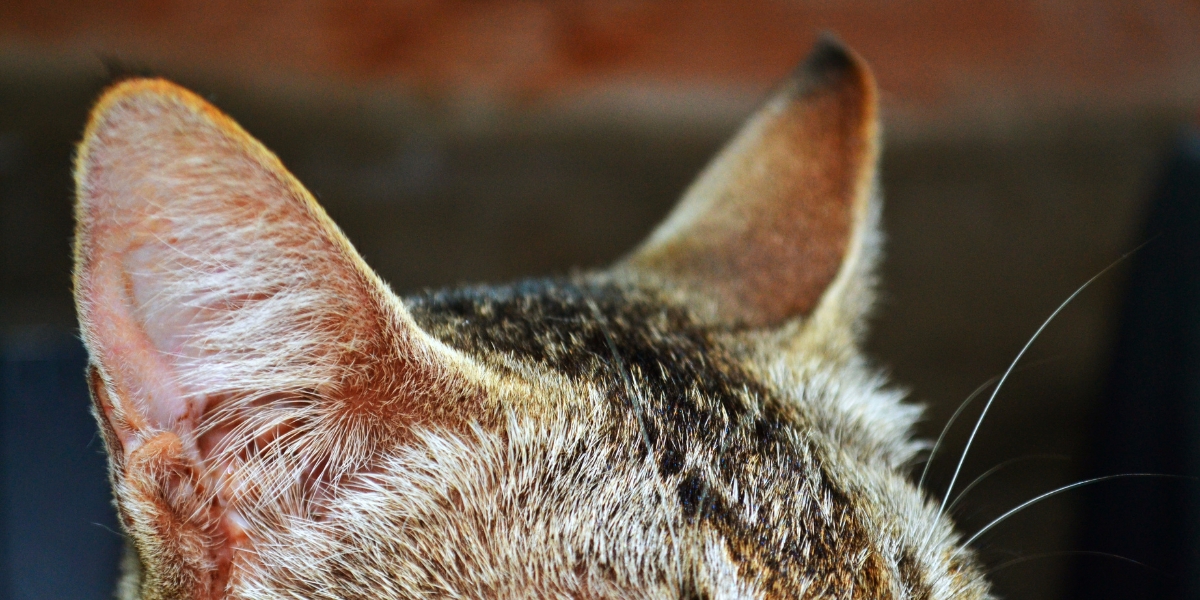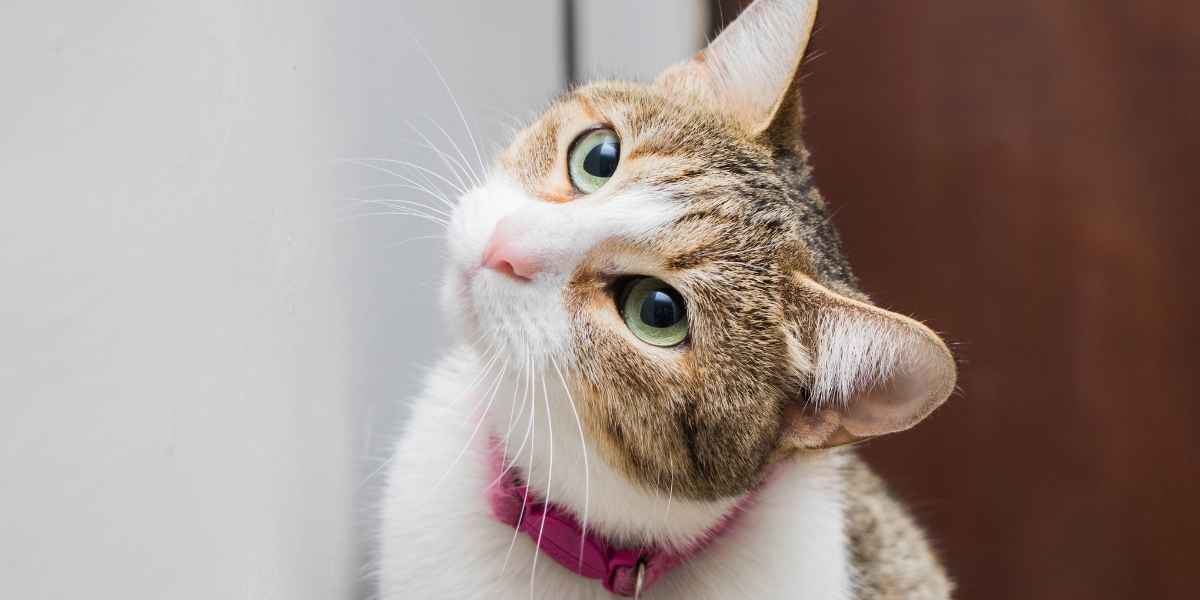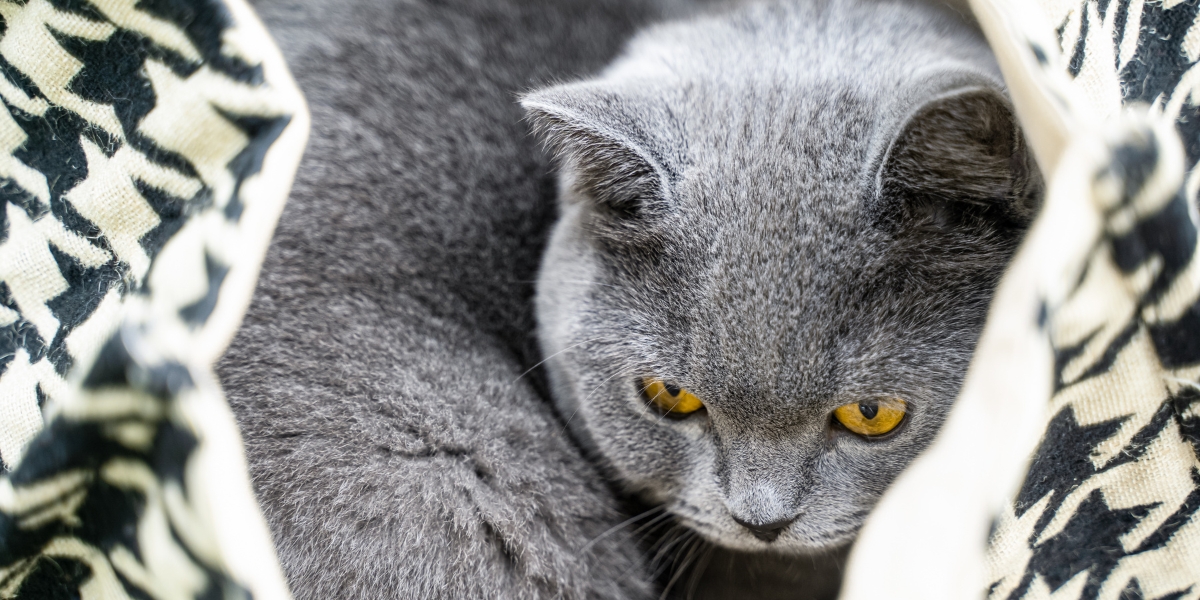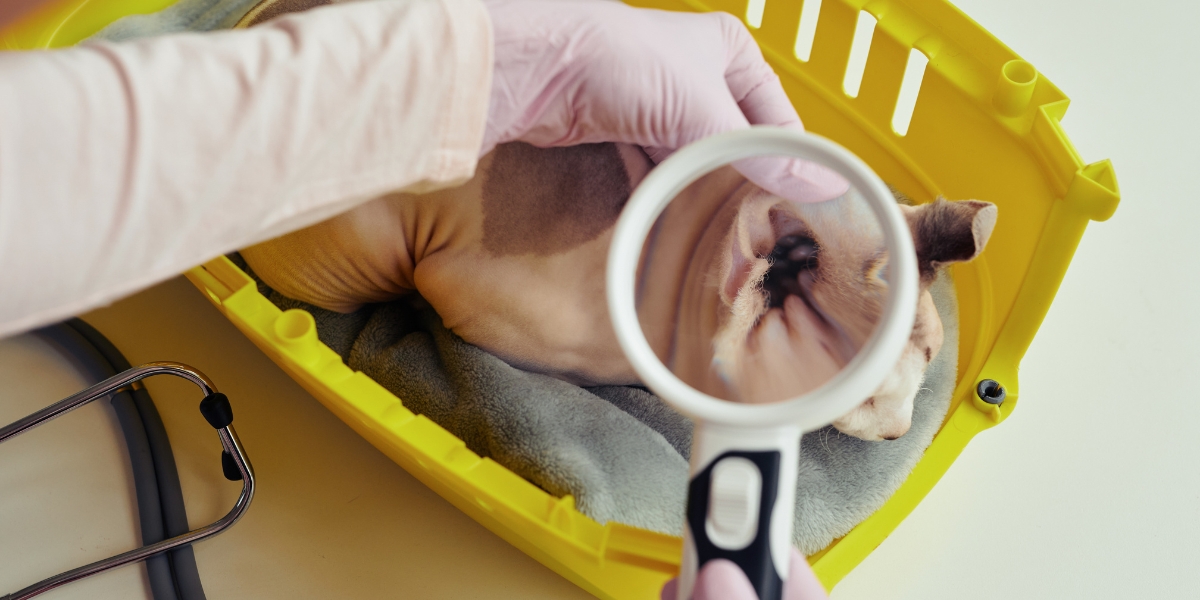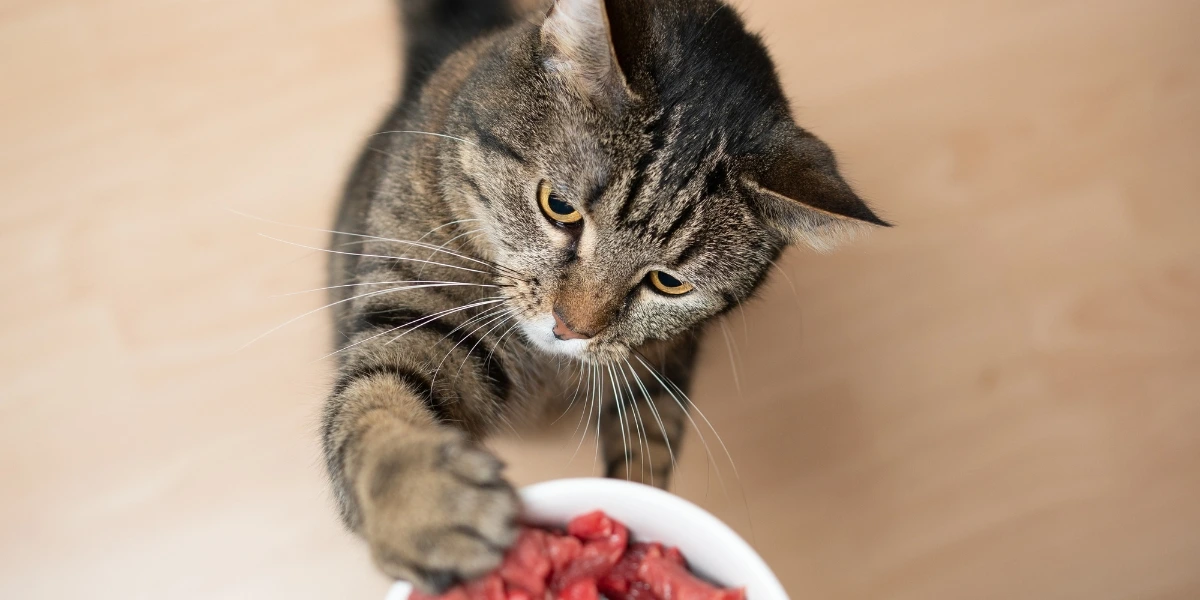Did You Know About Henry’s Pocket?
Ever noticed that little flap behind a cat’s ear? It’s officially called Henry’s pocket. If you’ve ever absentmindedly tumbled with that cute, extra folded area at the base of a cat’s pinna, you’re not alone.
Researchers are still debating its true purpose, but many agree it plays an interesting role in sound filtering. While dogs have them too, they are more pronounced in cats, giving them a sharper edge when it comes to detecting high–frequency sounds.
Bet you didn’t guess this unique feature has a name! These cutaneous marginal pouches are not just adorable—they’re functional. Kudos to whoever thought of naming this flap after Henry! Whether you’ve played with your pet’s ears or just admired them, this little detail makes them all the more fascinating. Happy reading as you explore more about your pet’s unique anatomy!
Ear Structure and Function in Cats
Have you ever wondered why cats have slits and pockets in their ears? A cat’s anatomy is built for sharpness and precision, and their ears are no exception. Unlike humans, a cat’s ear canal runs downward instead of horizontally, aiding air flow and drainage, which makes them less susceptible to infections compared to dogs. Their 32 muscles allow felines to move their ears with incredible precision, giving them an edge when practicing selective hearing (something they’re clearly the best at).
The structure of a cat’s ear is divided into three sections: the outer ear, middle ear and inner ear. Those little slits and the Henry’s pocket on the side of the ear aren’t just cat-specific quirks—they assist in filtering and coordinating sounds.
When compared to a canine’s physique, a cat’s incredible anatomy makes their hearing far more profound, leaving other pets’ abilities to pale in comparison. Truly a special feature of these remarkable animals!
How Cats’ Slits and Pockets Help Their Hearing
On the inner side of each cat’s ear, you’ll find small slits and a Henry’s pocket that are more than just unique features. These slits play a role in amplifying sounds and aiding ear flexibility, making a cat’s hearing even sharper. This clever design lets them pick up the faintest noises with ease.
Interesting cat hearing fact:
Did you know a cat’s hearing is one of the strongest in the animal kingdom? Those little triangles on top of their heads, complete with frilly ear furnishings and slits like Henry’s pocket, aren’t just adorable—they’re built for precision.
A cat’s ability to rotate its ears 180 degrees lets it hear both higher and lower frequencies than a dog can, making their sense of hearing far superior. This amazing structure helps them detect sounds their distant evolutionary relatives could only dream of. No surprise that these incredible ears are perfectly designed for survival!
A cat’s ears are among their most-used tools for communication. The slits and their wide range of flexibility allow them to signal emotions. Whether they’re expressing discontent by pinning their ears flat or showing anger, these movements can even mean they’re ready to strike.
While we know a lot about the anatomy of cats’ ears, the exact purpose of Henry’s pocket still remains a bit of a mystery.
Mystery of Henry’s Pocket in Cats
The cutaneous marginal pouch, or Henry’s pocket, is a small ear pocket found at the base of a cat’s outer ear. While commonly referred to as a unique feature of cats, these little pouches also appear in a few other animals, like Fennec foxes, certain dog breeds and bats.
Despite being a somewhat rare occurrence across species, the origin of its name and its exact purpose remain a mystery, with no clear explanation behind its design.
In a cat’s ear structure, Henry’s pocket might help amplify the slightest sounds, enhancing their ability to hear and understand their surroundings. The adorable triangle-shaped outer ear or pinna, funnels sound into the ear canal, where it travels through tiny bones to the inner ear. It is presumed that Henry’s pocket acts like a cat megaphone, keeping their curious minds alert to intriguing sounds.
This clever design is vital for a cat’s predatory nature, whether hunting in the wild or reacting to sounds in a cozy home. With their pinna, slits, and pockets, cats sense the world in a way that supports both their survival and their natural curiosity.
Video Credit: Pet in the Net
Three Theories About Henry’s Pocket
Theory 1:
One theory suggests that Henry’s pocket helps cats as predators by allowing them to accurately locate sound. This small feature may amplify specific frequencies, giving cats an edge in detecting prey while avoiding predators.
Their slits and pockets are uniquely designed to support their predatory nature, ensuring survival whether in the wild or the comfort of your living room. This clever adaptation might explain why cats have such impeccable hearing to hunt, find a meal, or stay safe.
Theory 2:
This theory suggests that Henry’s pocket helps cats enhance sounds by allowing their ears to move at different angles. The ear pouch works with muscles to move independently, helping cats focus on sounds from all directions—much like a predator tracking prey. This ability improves their hearing efficiency, whether in the wild or at home.
Theory 3:
The third theory about the cute little slits in cats’ ears is tied to Henry’s pocket, a pouch that assists in flattening and folding the ears. This feature gives them the flexibility to express fear, discomfort, anger, or contentment by adjusting the position of their ears.
Unlike some dog breeds, which don’t use their ears the same way, cats’ ability to flatten back their ears—sometimes automatically during a yawn or when angry—is unique and effective.
The theory that Henry’s pocket aids in the positioning and flattening of a cat’s ear is considered plausible, as it may enhance communication and contribute to the amplification of a cat’s hearing, though it isn’t fully proven.
The Evolution of Cats’ Ear Features
Many geneticists believe that the slits and structures in a cat’s ears are a genetic curio, much like an appendix. These features allow cats to hear high-pitched sounds up to 60kHz, far beyond the 20kHz limit of human hearing.
This ability helps cats detect tiny prey or faint noises that are essential for survival. Some vets speculate that these ear adaptations evolved to differentiate sound directions, aiding their precision as hunters, especially during night hunting.
There’s also a common belief that these ear structures are remnants of an earlier stage of evolution. Some experts suggest they might be connected to embryonic gills from when cats’ aquatic ancestors first emerged. While this idea is debated, it adds an intriguing layer to how cats’ ears became so finely tuned to their environment.
Does Henry’s pocket serve any purpose or is it functionally obsolete?
Researchers are still discovering the exact purpose of Henry’s pocket, but it’s unlikely to be functionally obsolete. Initially thought to have no function beyond being a quirky body part, this little pocket may actually help cats stay efficient in their environment. One theory is that it enhances survival by allowing cats to check for parasites like ticks or fleas that hang out in their fur, offering an adaptation to deal with them.
Though it might seem like a mere option for exploring your pet’s ears, this feature is far from pointless. Even if it’s not critical for survival, it’s still a handy trait that aids in their everyday life.


